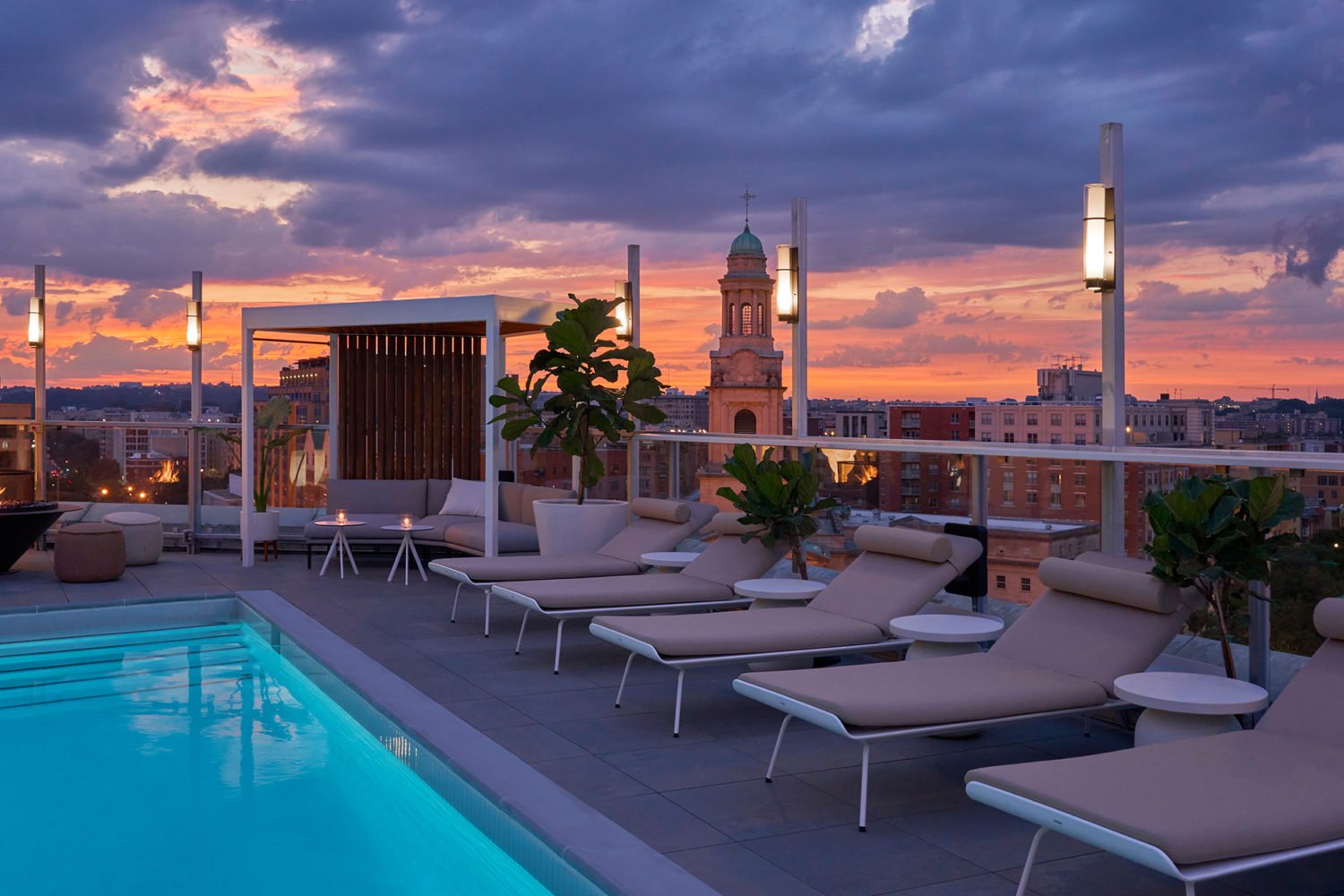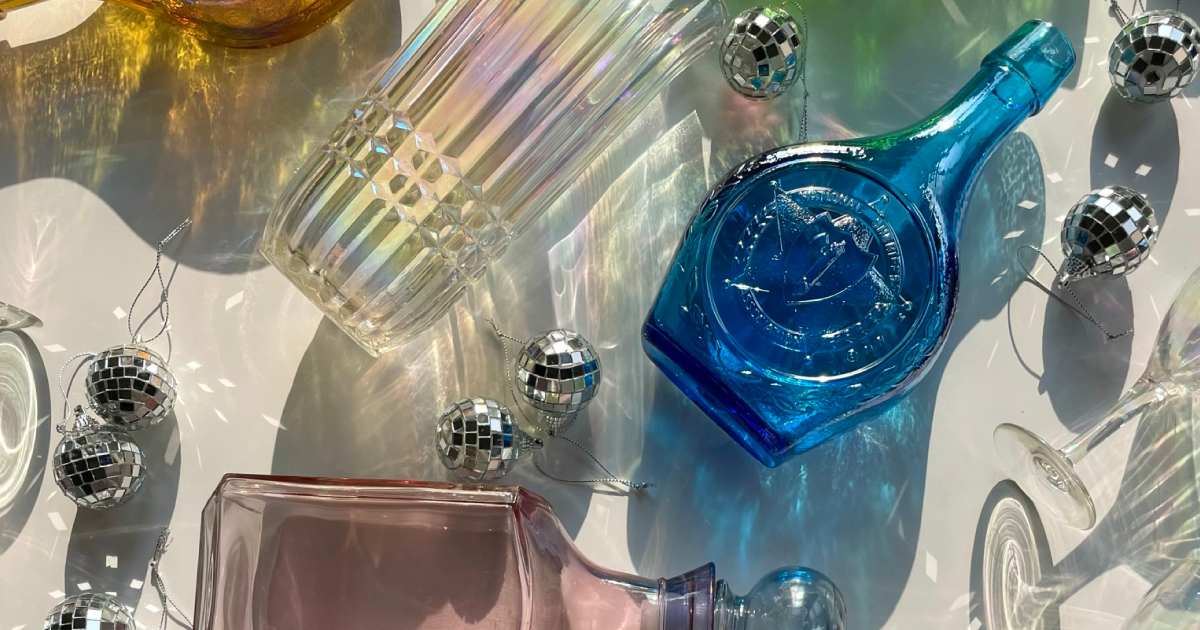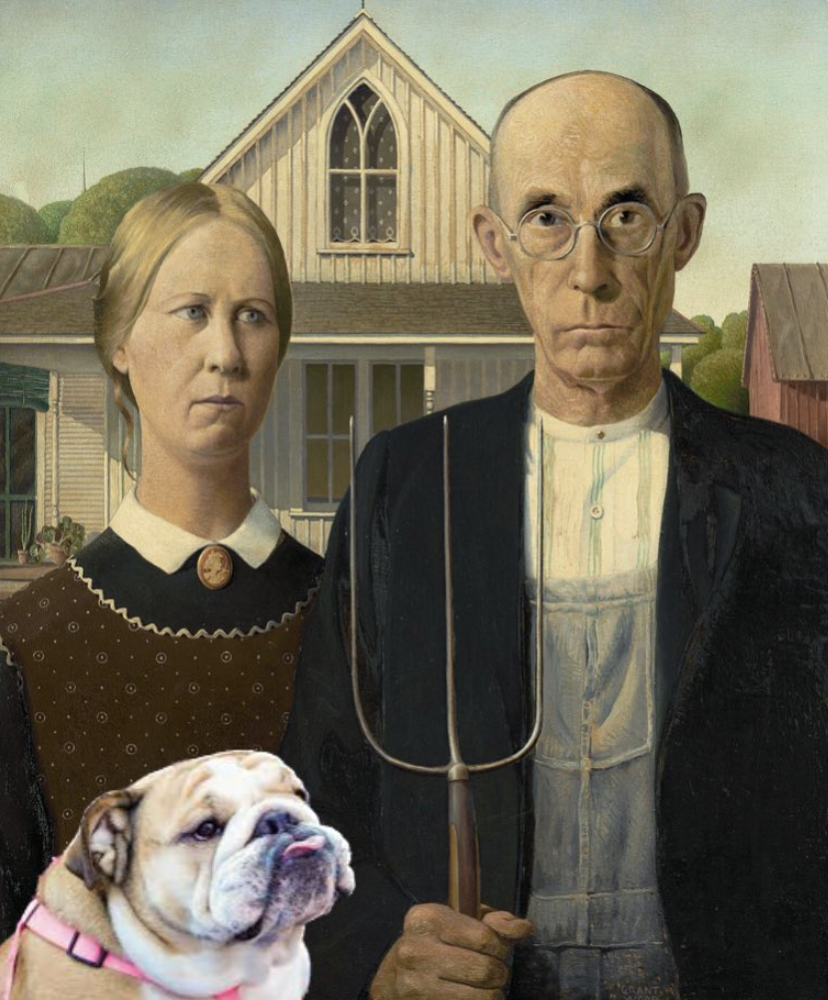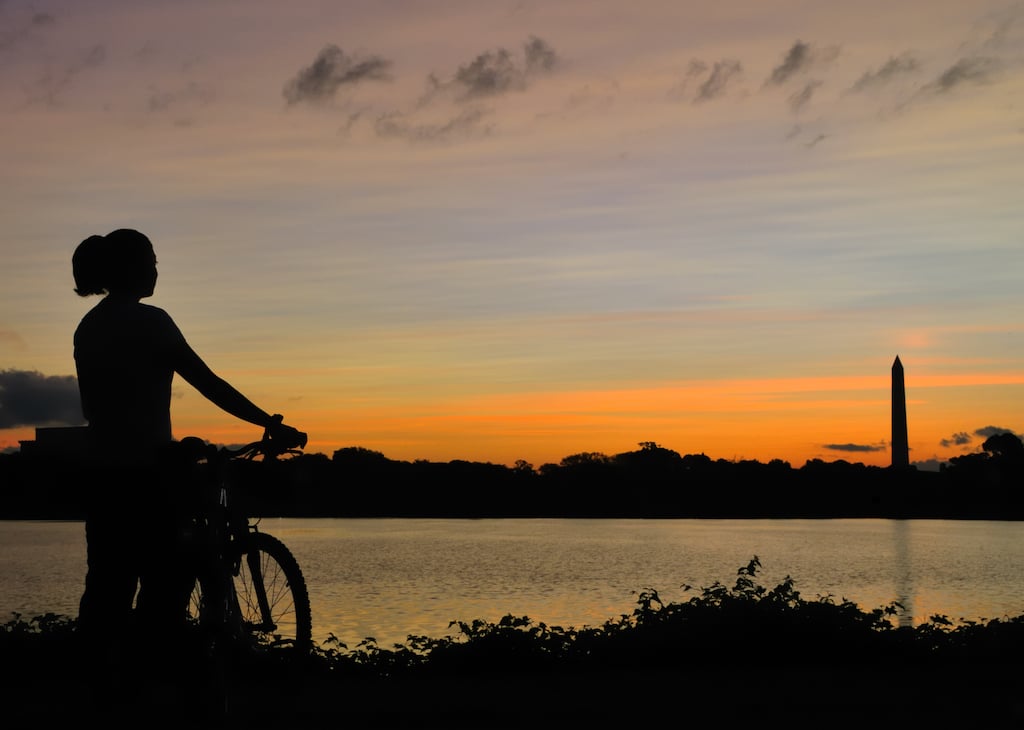Nicole Benoit remembers the first time she drove past the National Park Seminary in Silver Spring, where she now lives. It was 12 years ago, and she was lost.
She spotted a Japanese pagoda and wondered, “Where am I?” There were other unusual buildings on the abandoned 32-acre property, including a Dutch windmill and a Swiss chalet.
The site was originally a vacation destination. It became a girls’ finishing school in 1892—the owners were inspired by the World’s Fair in Chicago and decided to put up buildings in international styles. During World War II, it became an Army rehabilitation facility.
The Army abandoned the property in the late 1970s. It was slated for demolition until a community group lobbied for it to be preserved and redeveloped.
When Benoit learned that the historic buildings would become condos and single-family homes, she knew she wanted to live there. She signed a contract on a one-bedroom condo 21⁄2 years ago and moved this past May.
“For me, it was just an absolute natural fit,” says Benoit, 42, who works with architects and designers and likes unconventional buildings.
She has enjoyed learning about the seminary’s past. She lives in the Aloha House, an 1898 building with a wraparound porch held up by sculptures of maidens. The building was home to the school’s owners, who chose its name because they wanted girls to feel welcome. “When I first heard that, I got goose bumps,” Benoit says.
Like Benoit, Alex Jevgrafovs wanted a condo with character. The 51-year-old Defense Department employee thought a unit in an old industrial building would be ideal.
He found one at Cromley Lofts in Alexandria, an eight-unit ecofriendly conversion of a 1910 warehouse that had served as a laundry, woodworking shop, and artists’ lofts.
“I like history,” Jevgrafovs says, “and I love the idea of a building having a second, third, or fourth life.”
Industrial buildings like Cromley Lofts are unusual in Washington, which never had much manufacturing. In other cities, many warehouses and factories have been transformed into high-end condos.
Washington developers have scooped up industrial buildings when possible, but they’ve also converted old schools, hospitals, and other structures. In Georgetown, Keener-Squire Properties recently remade the historic Sheridan Garage into condos.
Most condos in historic buildings blend old and new styles, contrasting rough original elements with polished modern touches. Developers often expand the buildings. At National Park Seminary, developer EYA added 90 new townhouses on the campus.
Jevgrafovs likes the way air and light flow freely through his home. The Cromley Lofts condos have partitions instead of full walls. Original wood beams and brick columns are set against such modern finishes as bamboo cabinets, limestone tile, and stainless-steel appliances.
At Yale Steam Laundry near DC’s Mount Vernon district, condos in the historic building have exposed rafters, original-brick walls, and large factory-style windows. Kitchens feature sleek European design, with streamlined cabinets and turquoise countertops of avonite, a synthetic substitute for stone.
Condos in Parker Flats at Gage School, a condo project in an old DC elementary school in LeDroit Park, and at National Park Seminary have a more traditional look. At Parker Flats, historic units have tall ceilings and windows and original brick.
Condos in historic buildings aren’t for everyone. They typically offer fewer amenities than other luxury buildings. And because the spaces weren’t designed as residences, buyers sometimes have to put up with inconveniences.
At National Park Seminary, the historic buildings have winding staircases and no elevators. Parking spots are available but not necessarily close to each unit.
Floor plans can pose other challenges. In designated historic buildings, adding or removing interior walls is sometimes not allowed, and any changes that alter the building’s exterior are prohibited.
Some lofts take open layouts to the extreme. At Yale Steam Laundry, the only interior walls are for bathrooms and closets, giving every unit a studio feel regardless of the number of “rooms.”
Many of the condos at National Park Seminary have quirky floor plans: A unit might be shaped like half a hexagon or have a circular bedroom or a long, narrow hallway. Some people find these spaces charming; others don’t.
Historic condos tend to cost more, and construction can take longer. “It is far easier for us to take a vacant piece of land and build from scratch than it is to transform a 140-year-old building,” says developer Jim Abdo, who recently completed the Landmark Lofts on H Street, Northeast, in a 19th-century convent.
Still, Abdo rarely passes up a chance to redevelop historic buildings. “When I’m able to get my hands on an old school or a massive old institution, that’s a prize,” he says.
Tax credits are sometimes available to offset the cost of historic condos. National Park Seminary residents qualify for credits ranging from $24,000 to $50,000. Buyers in other buildings can apply for tax credits individually, but the rules differ by state and development.
For Benoit, owning a condo at National Park Seminary required patience. The historic buildings had been neglected for 25 years; floors and roofs had collapsed, and renovations uncovered secret doors and fireplaces hidden in the walls. The Aloha House took longer than expected, and work on other buildings continues.
Benoit had planned to move last September. As that date kept changing, her friends and family urged her to back out of the contract. “I didn’t want to,” she says. “I love the property.”
She moved in eight months late but says her new home was worth the wait and the $356,000 she paid: “There’s really nothing else out there like it.”
This article first appeared in the October 2008 issue of The Washingtonian. For more articles like it, click here.


















